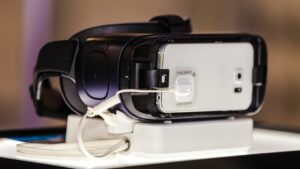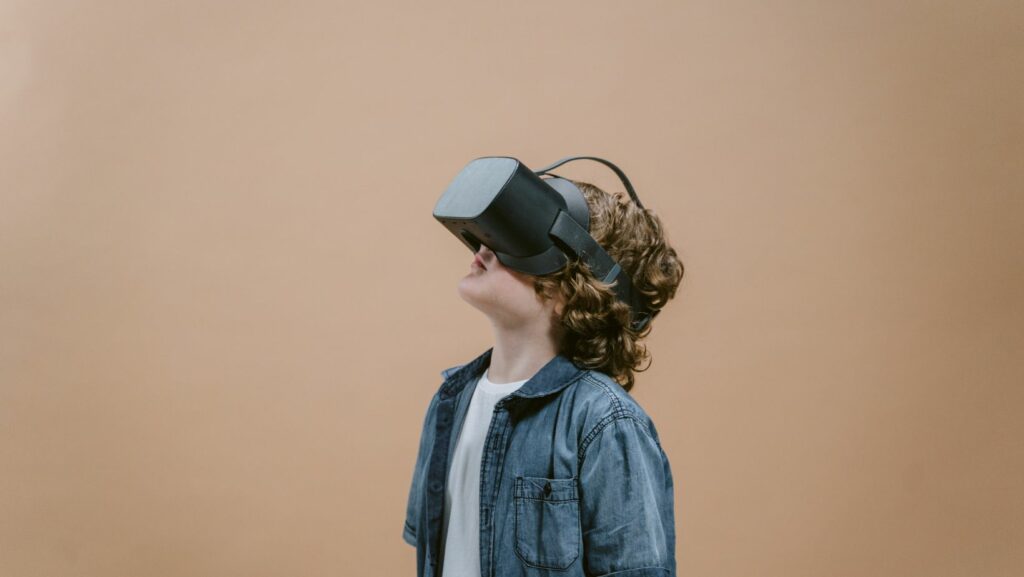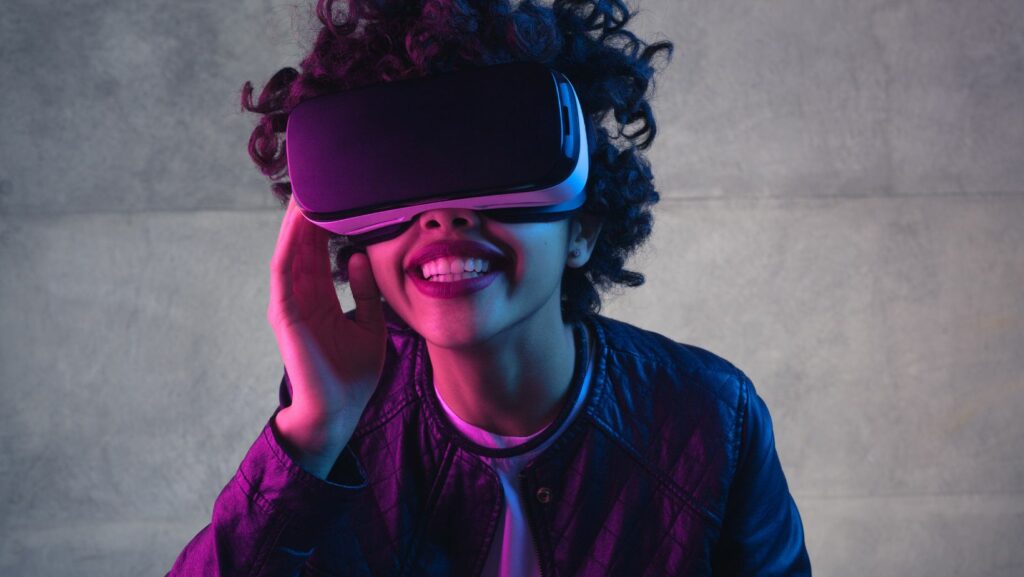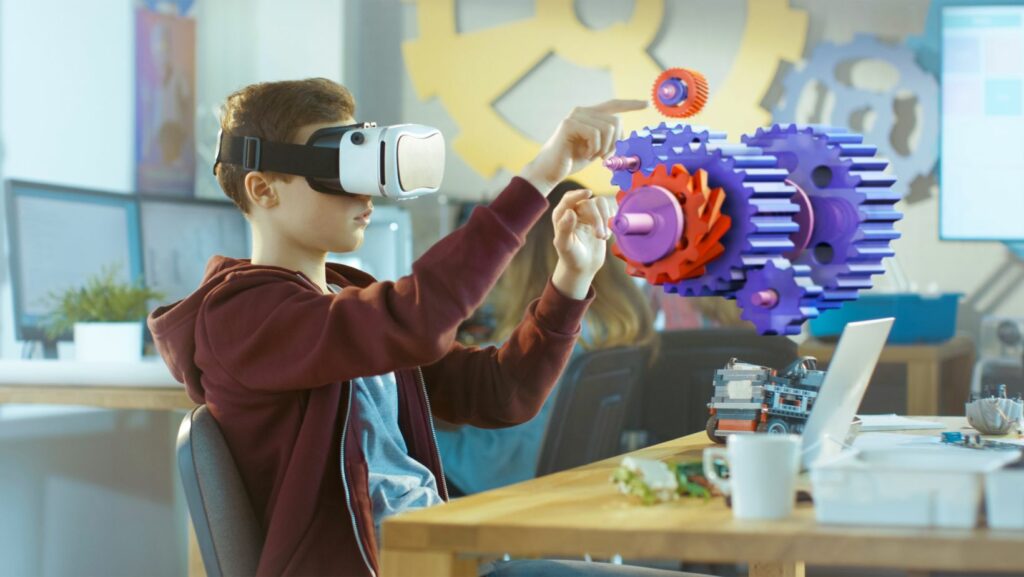In today’s digital age, augmented reality (AR) is transforming how we interact with the world around us, and Android AR apps are at the forefront of this technological revolution. These applications blend digital content with the real world, offering immersive experiences that were once the stuff of science fiction. From enhancing how we shop to revolutionizing educational tools, Android AR apps are reshaping everyday activities in exciting new ways.
Android AR Apps
 Augmented Reality (AR) integrates digital information with the user’s environment in real-time. Unlike virtual reality, which creates a totally artificial environment, AR uses the existing environment and overlays new information on top of it. This technology uses a range of devices, including smartphones and tablets, to provide visual and auditory overlays that enhance the user’s perception of the real world. AR’s capability to blend virtual components with the real world enables applications like navigation overlays, virtual try-ons in retail, interactive learning experiences in education, and enhanced gaming.
Augmented Reality (AR) integrates digital information with the user’s environment in real-time. Unlike virtual reality, which creates a totally artificial environment, AR uses the existing environment and overlays new information on top of it. This technology uses a range of devices, including smartphones and tablets, to provide visual and auditory overlays that enhance the user’s perception of the real world. AR’s capability to blend virtual components with the real world enables applications like navigation overlays, virtual try-ons in retail, interactive learning experiences in education, and enhanced gaming.
The Evolution of AR on Android Platforms
The journey of AR on Android began with the introduction of basic AR tools that allowed overlays of simple information onto the real world. With the development of ARCore, Google’s platform for building AR experiences, Android devices saw an enhancement in their AR capabilities. ARCore enables apps to understand the environment, track the world around them, and interact with information in 3D. Over the years, developers have leveraged ARCore to create increasingly sophisticated applications.
Innovations such as Live View in Google Maps, which provides users with directional overlays, and AR-enabled shopping tools that allow consumers to visualize products in their own space before purchase, showcase the advancement of AR technology on Android platforms. These improvements have not only made AR more accessible but have also diversified its applications across different sectors, resulting in a rich, immersive experience that pushes the boundaries of how Android users interact with the world around them.
Key Features of Top Android AR Apps
Real-Time Interaction
 Top Android AR apps excel in providing real-time interaction, seamlessly integrating digital content into the user’s immediate environment. These applications utilize advanced sensors and camera capabilities to detect physical spaces and overlay digital information instantaneously. Users experience a blend of virtual and real components as they navigate through various applications, be it for gaming, where characters and scenarios adapt to the surrounding environment, or in retail, where one can visualize products as if they were physically present. Real-time interaction facilitates enhanced engagement by allowing immediate feedback and interaction, making AR apps deeply immersive.
Top Android AR apps excel in providing real-time interaction, seamlessly integrating digital content into the user’s immediate environment. These applications utilize advanced sensors and camera capabilities to detect physical spaces and overlay digital information instantaneously. Users experience a blend of virtual and real components as they navigate through various applications, be it for gaming, where characters and scenarios adapt to the surrounding environment, or in retail, where one can visualize products as if they were physically present. Real-time interaction facilitates enhanced engagement by allowing immediate feedback and interaction, making AR apps deeply immersive.
Another critical feature in leading Android AR apps is their ability to visualize 3D objects with high precision. Leveraging complex algorithms, these apps can project lifelike 3D models into the real world that users can view and interact with from different angles. This capability is vital in fields like architecture, education, and healthcare, where detailed visual representations contribute significantly to the understanding and analysis of complex structures. For instance, architects can superimpose proposed building designs onto existing landscapes, and students can dissect intricate biological models virtually, enriching the learning and planning processes.
Industries Transformed by Android AR Apps
Education and Learning
Android AR apps revolutionize the education sector by enhancing interactive learning and engagement. These tools allow students to visualize complex concepts in a 3D space, for example, dissecting a virtual frog in biology or visualizing historical events in 3D. Integrating AR into educational content makes abstract or difficult subjects more accessible and engaging, thereby improving comprehension and retention. Platforms like Google Expeditions demonstrate this technology by enabling virtual field trips around the globe, effectively breaking down the walls of the traditional classroom.
Real Estate and Interior Design
 The real estate and interior design industries benefit tremendously from Android AR apps, which offer potential buyers and designers a powerful tool for visualizing spaces and modifications without physical limitations. Clients can tour properties virtually, experiencing different layouts, furniture arrangements, and decor options without ever visiting the site. These immersive experiences facilitate better decision-making by providing a realistic sense of the space. Furthermore, AR apps streamline the design process by allowing real-time edits and adjustments, which significantly enhances planning efficiency and client engagement.
The real estate and interior design industries benefit tremendously from Android AR apps, which offer potential buyers and designers a powerful tool for visualizing spaces and modifications without physical limitations. Clients can tour properties virtually, experiencing different layouts, furniture arrangements, and decor options without ever visiting the site. These immersive experiences facilitate better decision-making by providing a realistic sense of the space. Furthermore, AR apps streamline the design process by allowing real-time edits and adjustments, which significantly enhances planning efficiency and client engagement.



